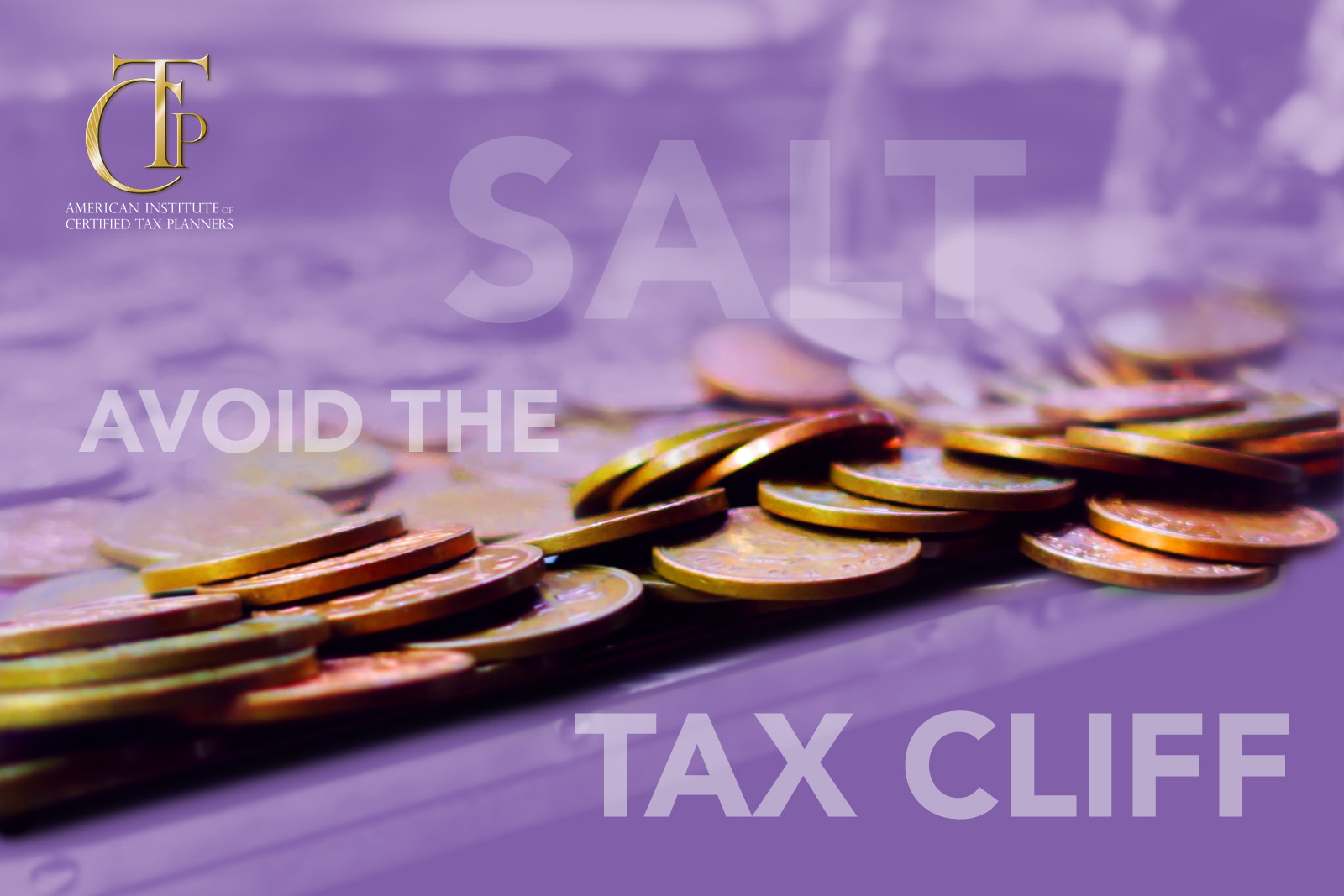Even before the “One Big Beautiful Bill” Act (OBBBA) started making headlines, taxpayers and lawmakers were debating what to do about state and local taxes (SALT). Why all the fuss about SALT? Changes made to SALT rules in 2018 meant that taxpayers in certain states were suddenly paying way more tax. Before this, taxpayers could deduct an unlimited amount of state and local taxes (SALT) on their federal tax returns. This was especially beneficial for those living in states with high income and property taxes. When the Tax Cuts and Jobs Act (TCJA) was approved, SALT deductions were capped at $10,000.
Now the OBBBA has updated the SALT rules once again. The question is, will this mean a tax increase or a tax decrease? In short, it depends on how much money the taxpayer makes. In today’s blog, we’ll talk about the hidden “traps” in the new SALT rules and how to help your clients avoid them.
The New SALT Rules
The Hidden Tax Cliff
Under the OBBBA, after a taxpayer reaches $500,000 in AGI, the SALT deduction begins to rapidly phase out. Let’s say, for example, that your client earns $600,000 in 2025. Their SALT deduction would be reduced by $30,000:
$100,000 over the income limit x 30% = $30,000 reduction
Essentially, their maximum SALT deduction has fallen back down to the old cap of $10,000.
Here’s the second problem: Since that $30,000 can no longer be deducted, this means their total taxable income is increasing by $30,000. That money will be taxed at the 35% income tax rate, which applies to incomes over $250,525 (for 2025). Because their taxable income has increased by $130,000 total, they end up with a marginal tax rate of 45.5% before we even get to state taxes.
So taxpayers earning over $500,000 who would normally be eligible for the SALT deduction will be the most negatively impacted because they are effectively seeing a tax increase from the OBBBA. If your client is somewhere within the $450,000 to $650,000 income range, this is the perfect opportunity to explain how proactive tax planning can help them escape the hidden tax cliff.
Income Timing is Key
This problem can often be solved through income timing. If the taxpayer is expecting an income increase that will take them from below $500,000 to over $500,000, talk them through the tax consequences. Just by delaying the date that income is received, they can sidestep that reduction to their SALT deduction. You can support your client by helping them estimate and monitor their projected AGI and identifying ways to reduce that AGI before year-end.
Depending on the details of the taxpayer’s situation, start with one or more of these income timing strategies:
Deferrals. For instance, retirement plan contributions can reduce your client’s 2025 taxable income. Traditional IRAs, 401(k)s, 403(b)s, SEP IRAs, and SIMPLE IRAs all offer tax deferral.
IRS Pre-Payments. Using the safe harbor rule, business owners can prepay and deduct qualifying expenses up to 12 months in advance. This can be a great way to apply expenses to 2025 taxes instead of amortizing them over time. Qualifying expenses include business rent, lease payments on business vehicles, or business and malpractice insurance premiums. Before suggesting this strategy, make sure the taxpayer’s business uses the cash basis method of accounting.
Bonus Depreciation. The OBBBA reinstated the option for businesses to deduct 100% of the cost of a depreciable asset the year it is placed in service. This applies to tangible property like computer equipment, furniture, machinery, qualified productions, and certain building improvements or vehicles.
Use of C Corporation. If your client either owns a C corporation or could otherwise benefit from establishing their business as a C corporation, this provides yet another option. Income can be shifted from the individual taxpayer to their business. However, you will also need a plan to reduce taxes for that C corporation.
Summary
The new SALT rules can unfortunately mean a tax increase for taxpayers earning over $500,000 who would normally itemize their deductions. This hidden “SALT trap” can sneak up on taxpayers who only glance at the surface-level changes made by the OBBBA. Fortunately, you can add incredible value for your clients by explaining the implications of the new income limits and how income timing can rescue them from that tax increase.
To deepen your understanding of the OBBBA and which tax strategies to apply to each new provision, sign up to become a Certified Tax Planner today.





